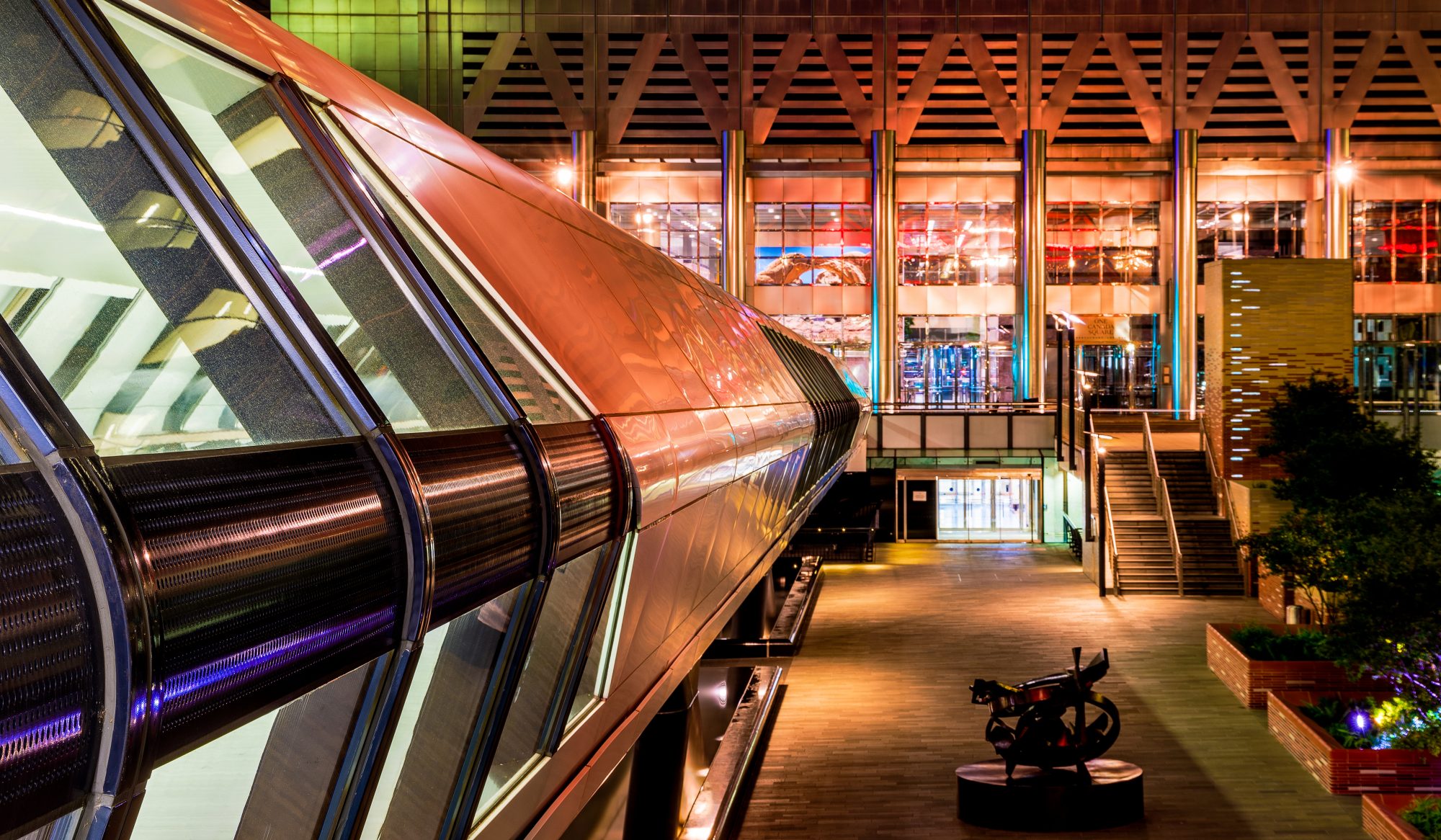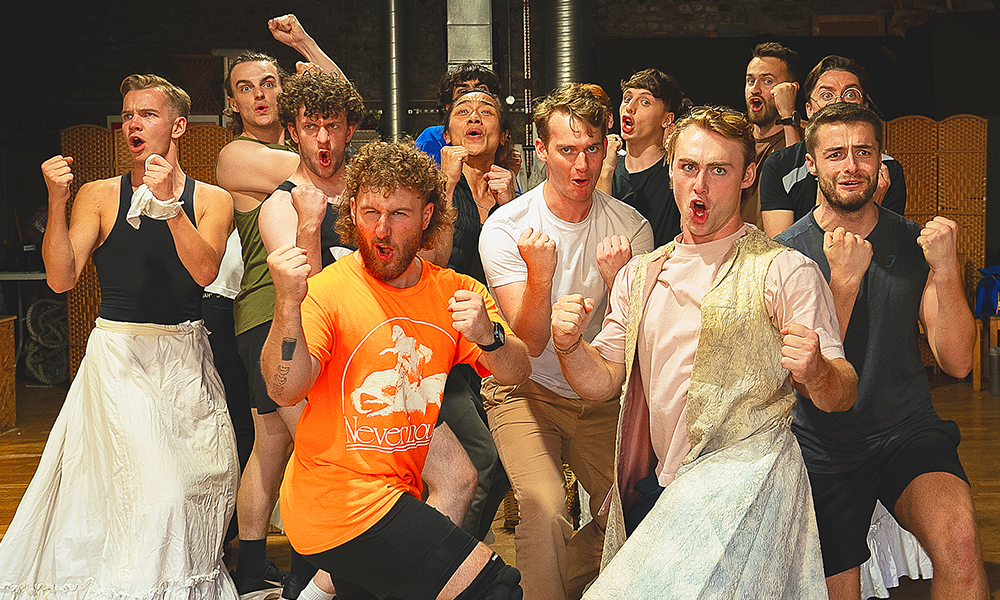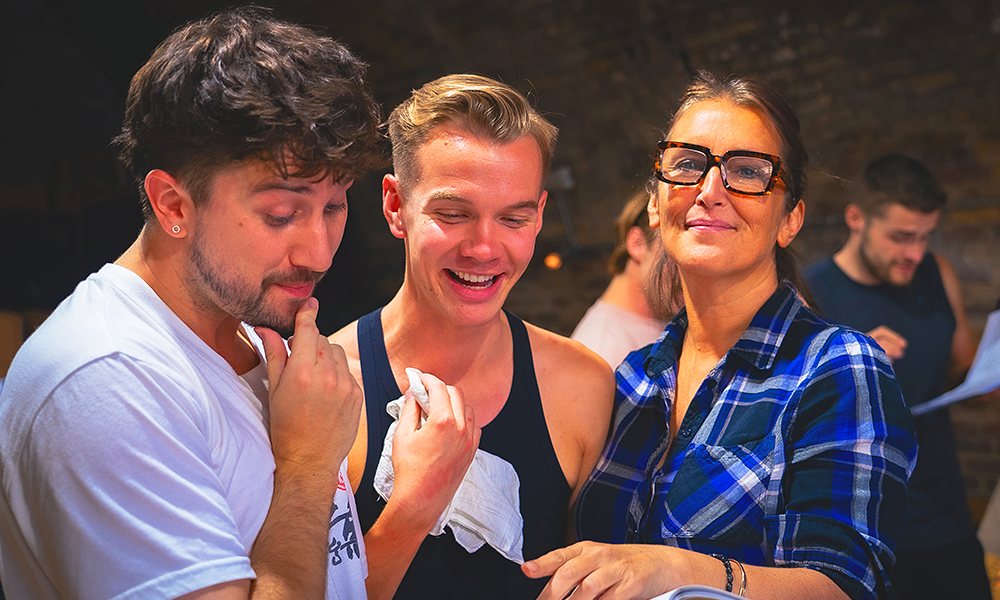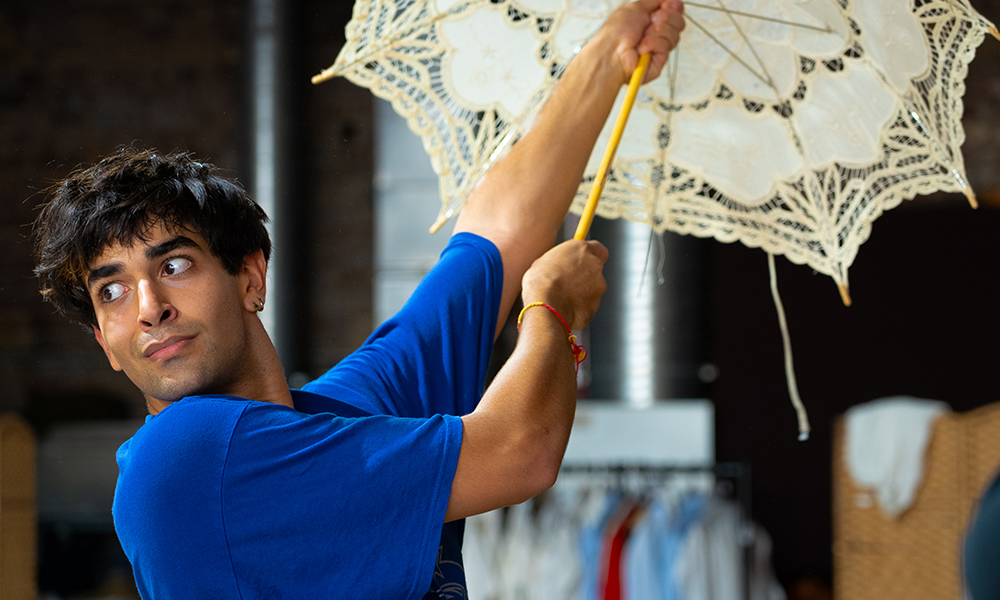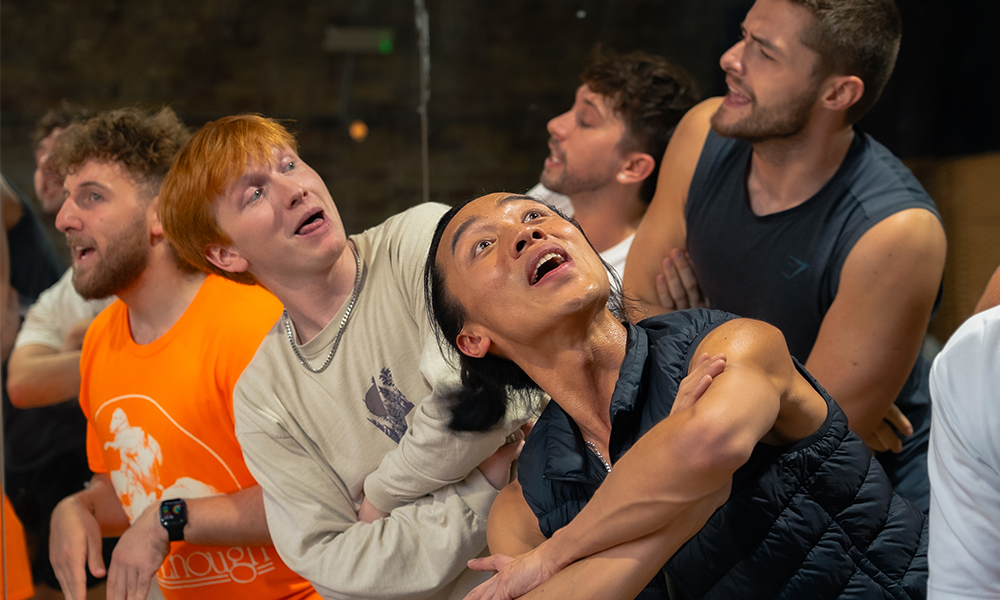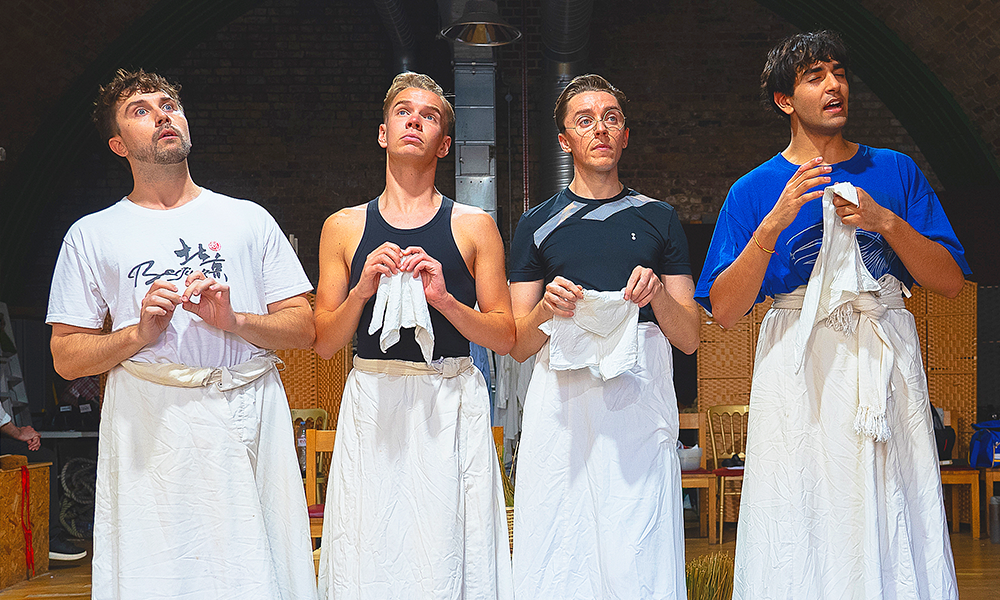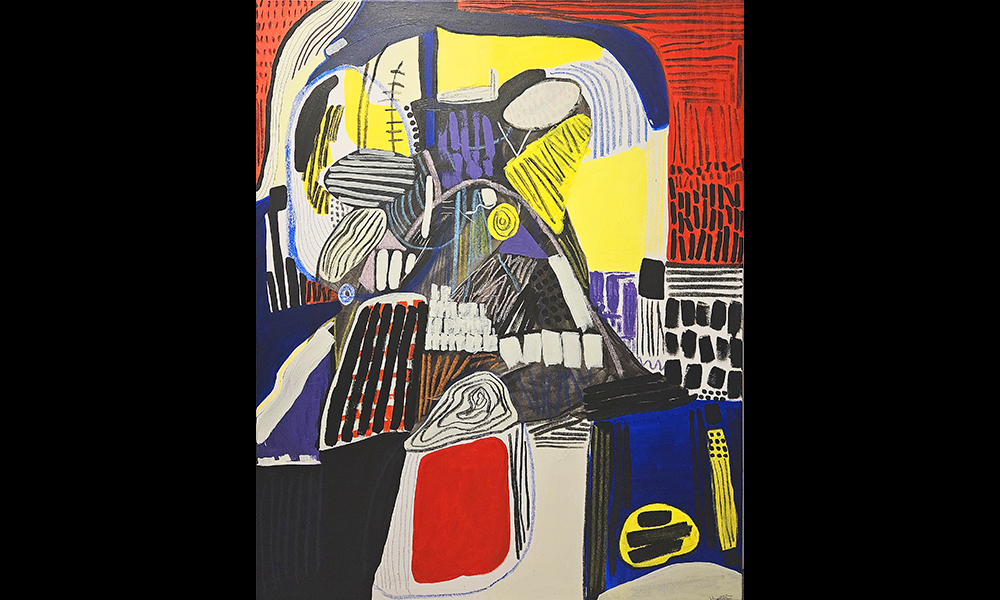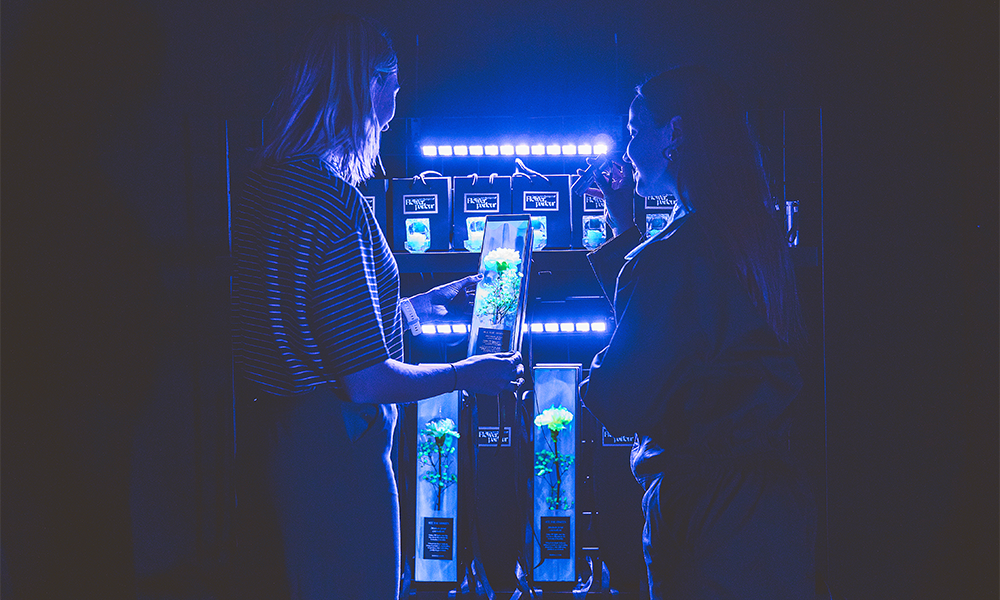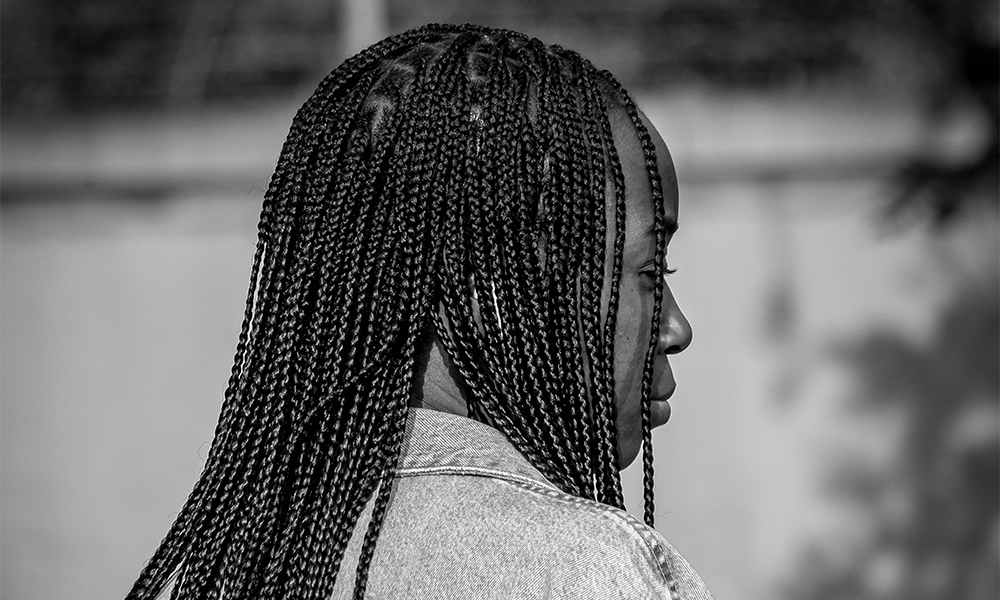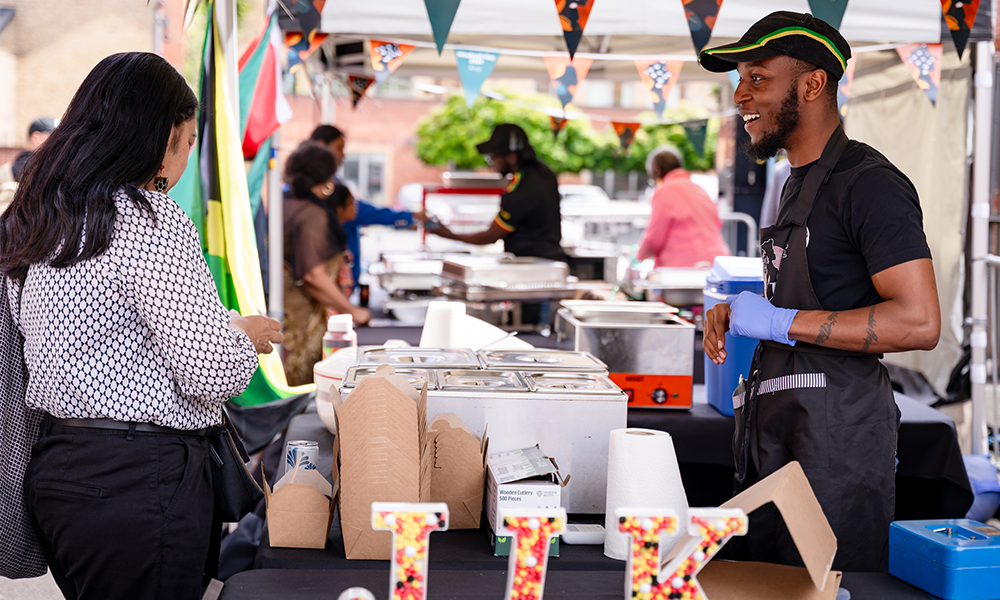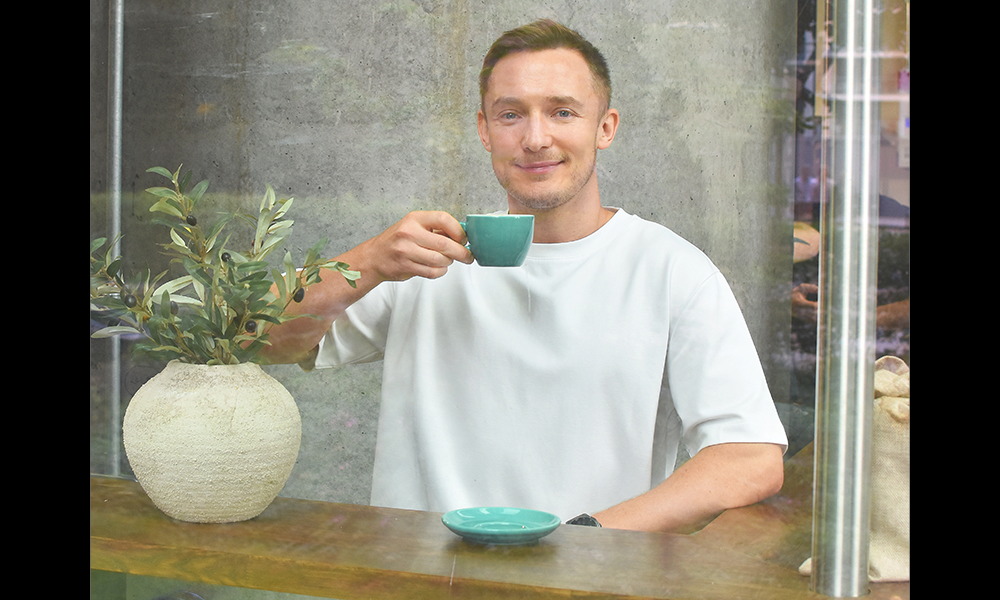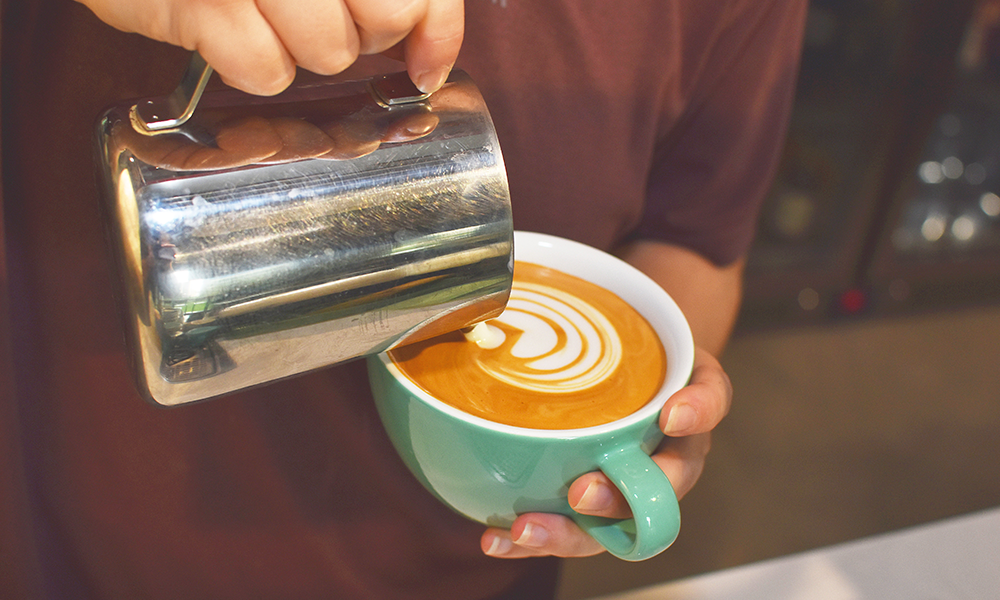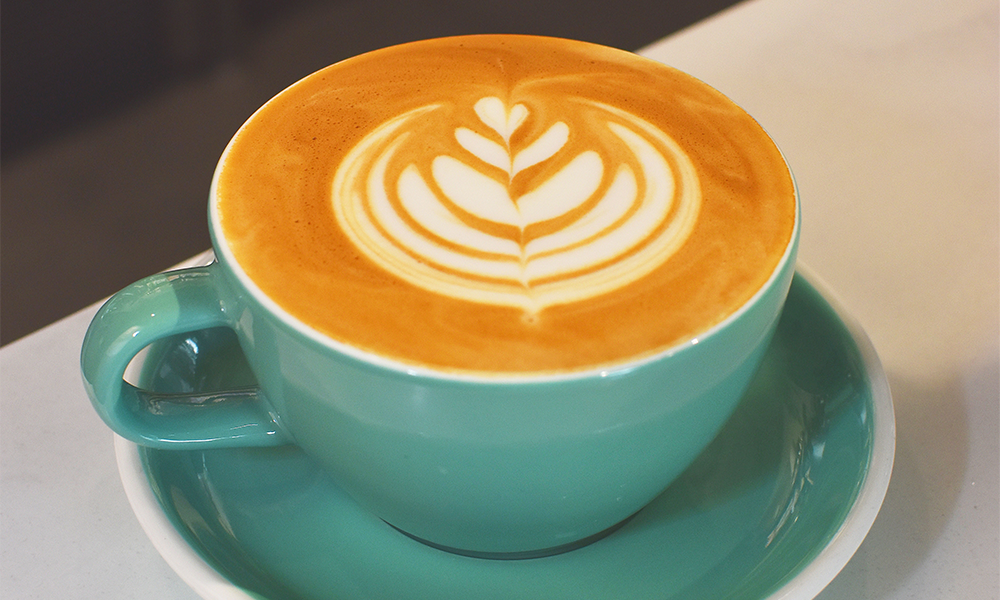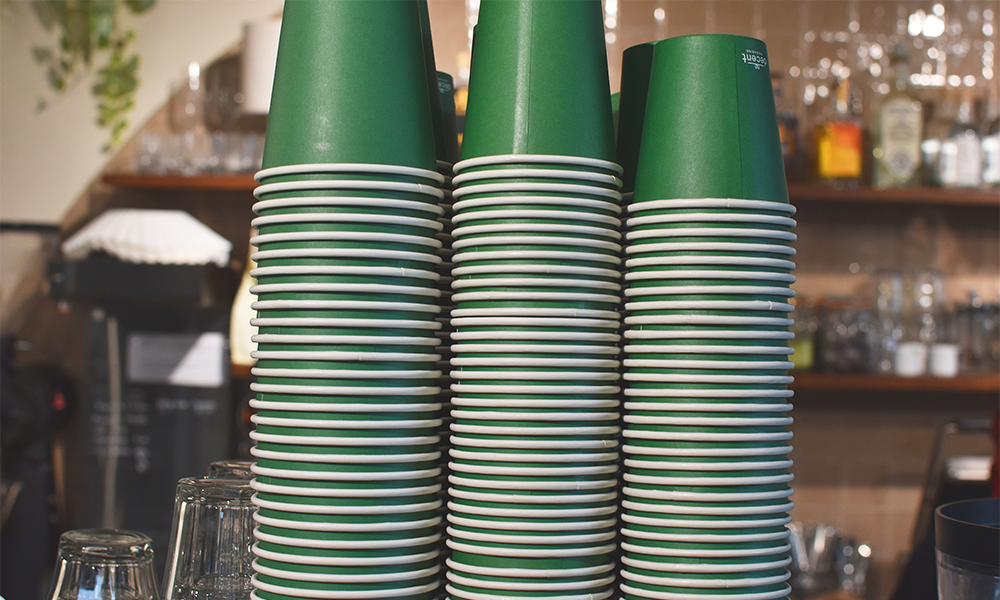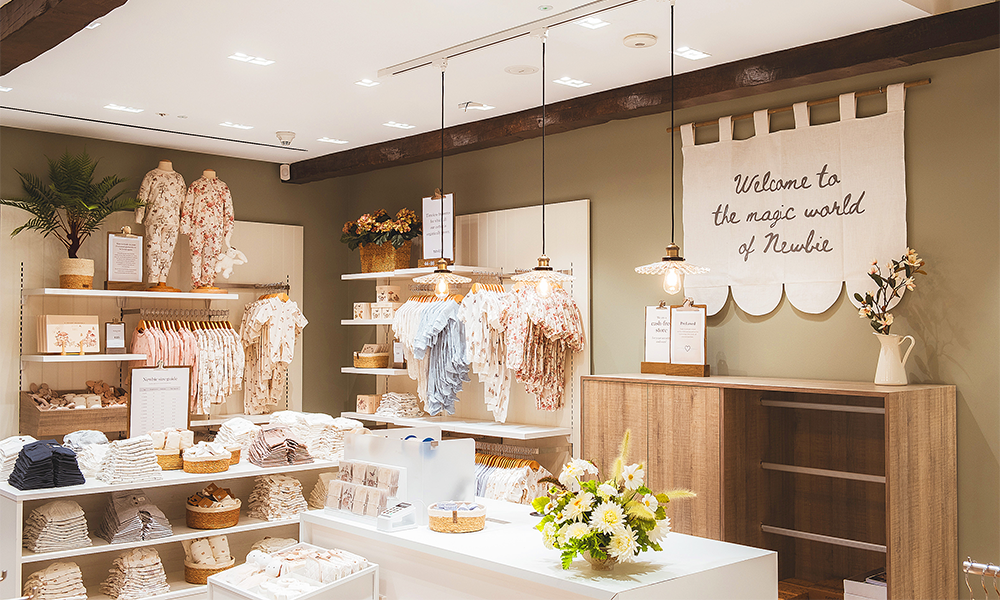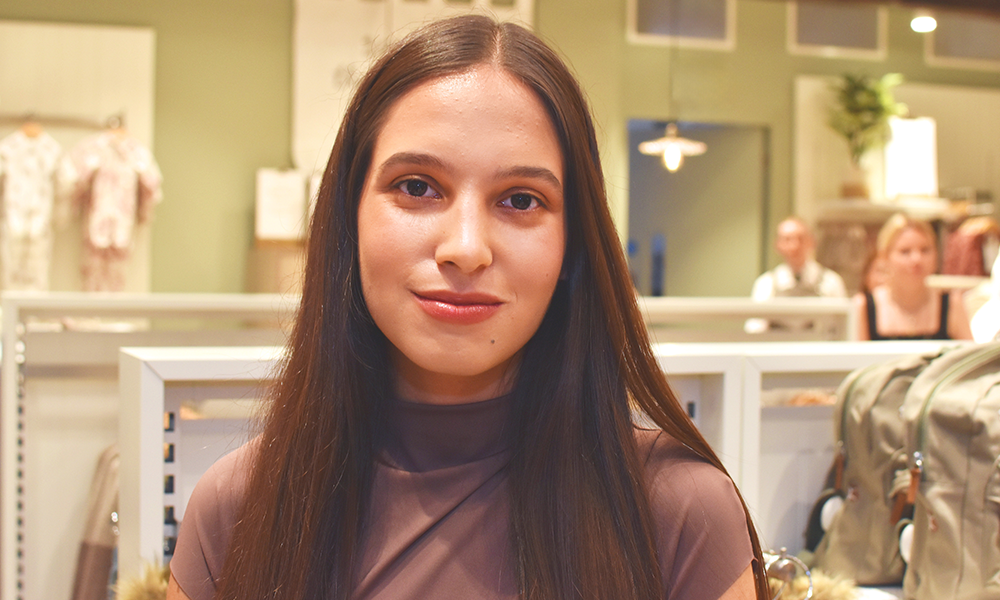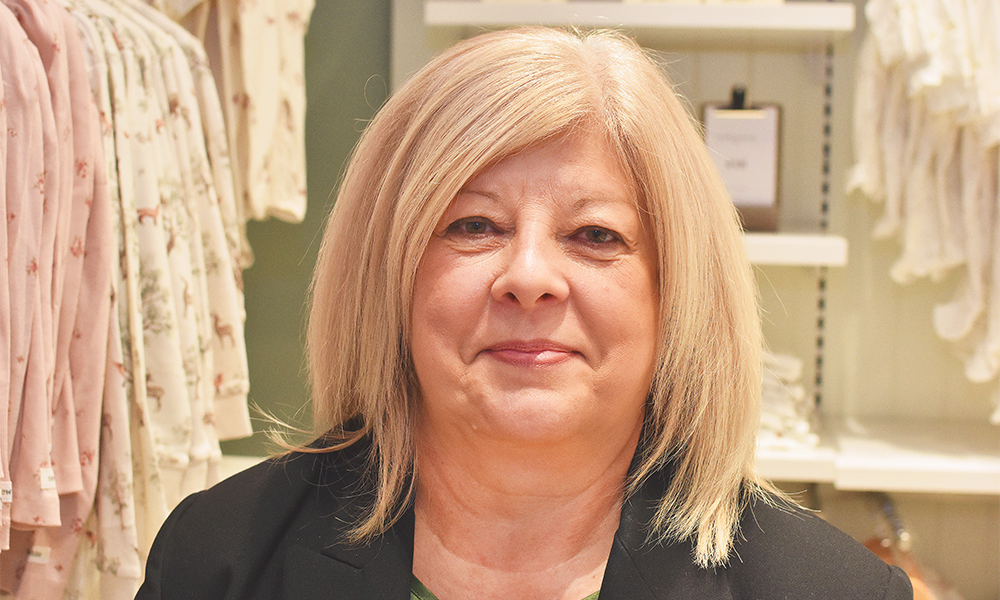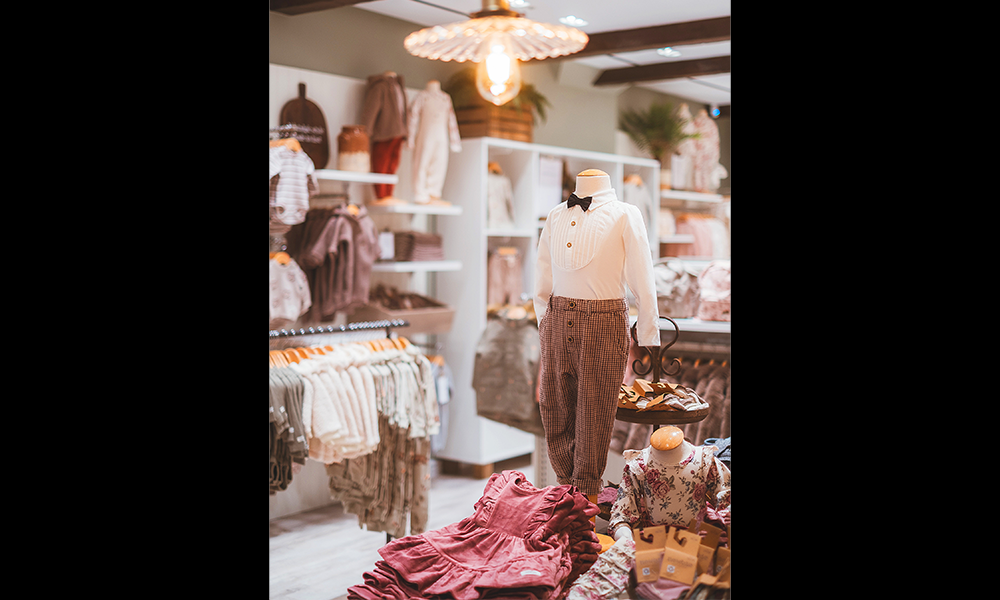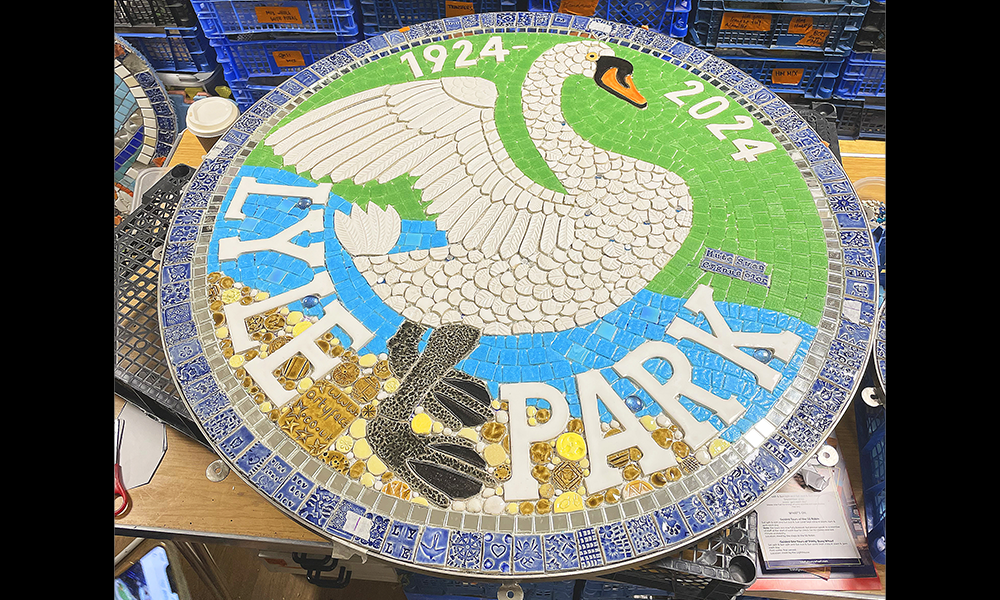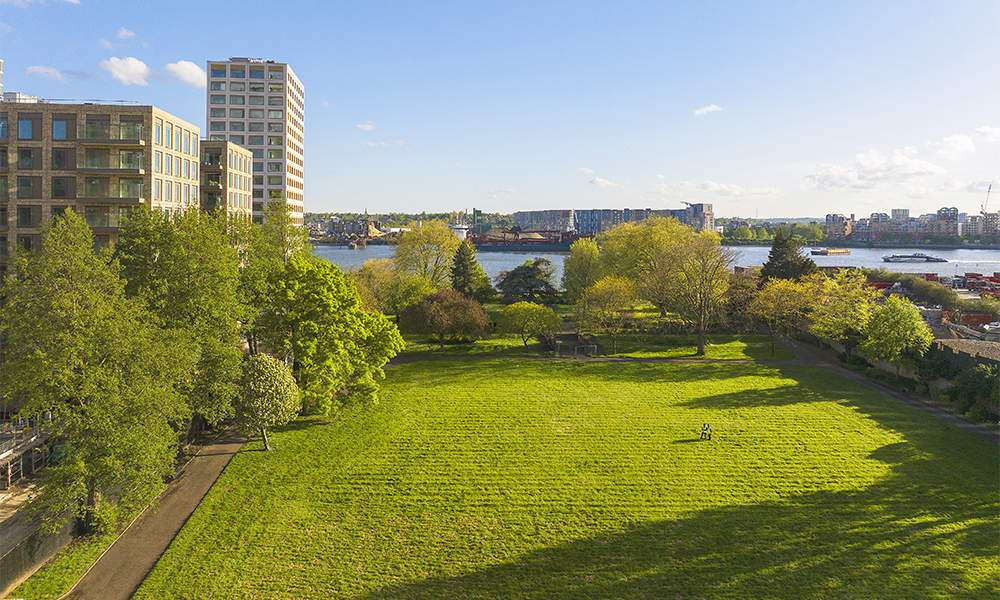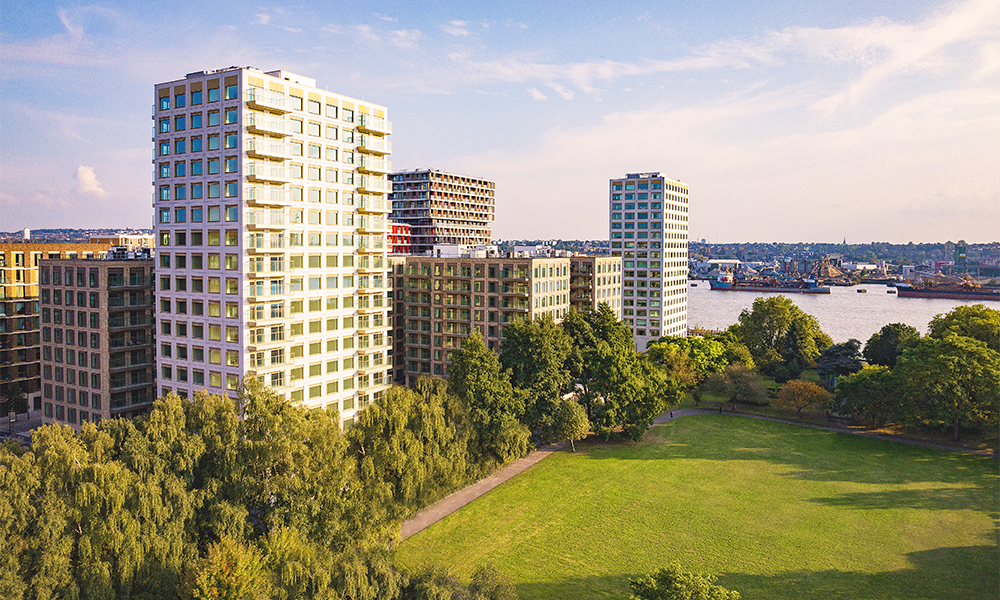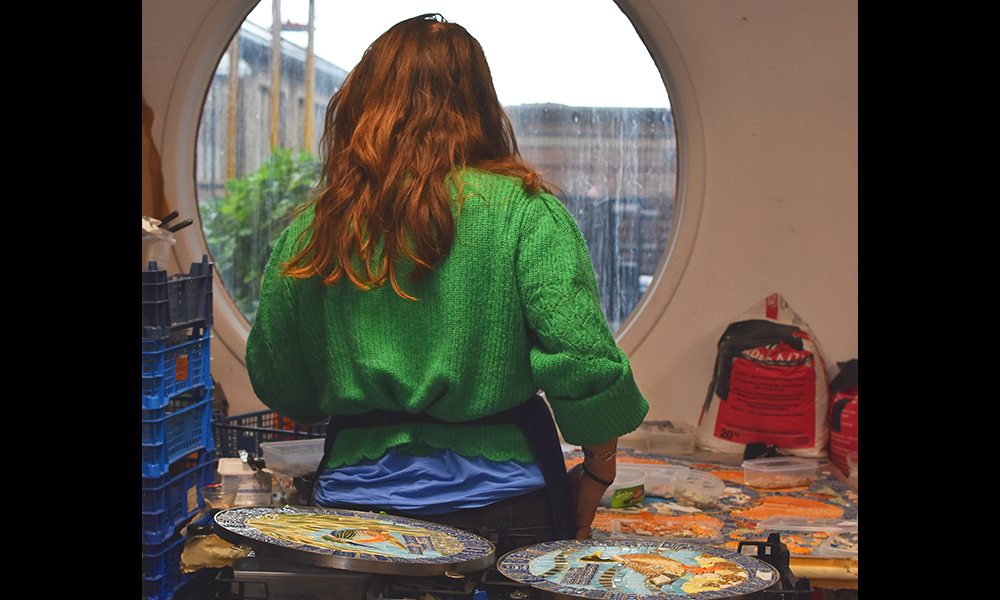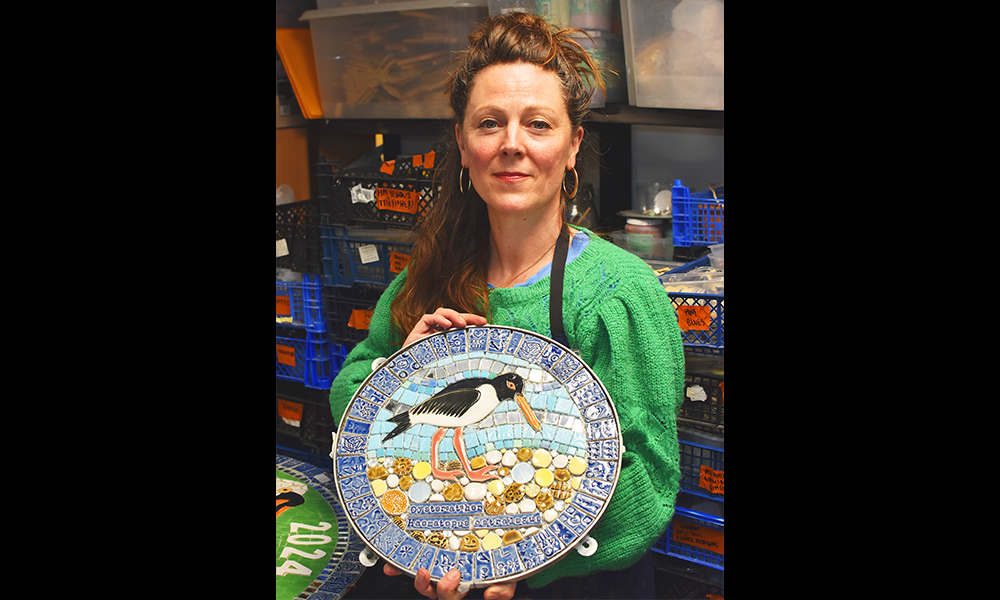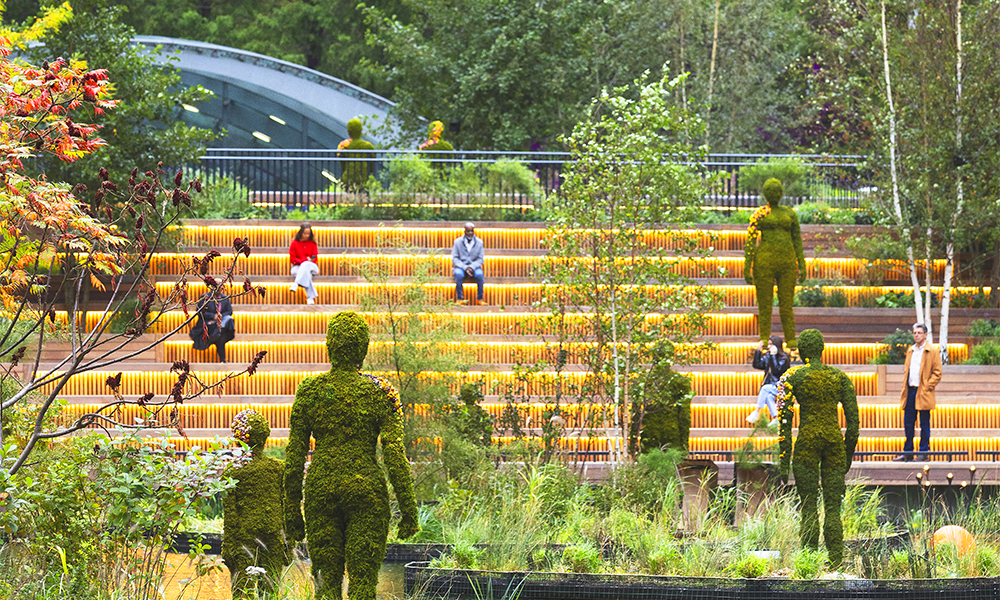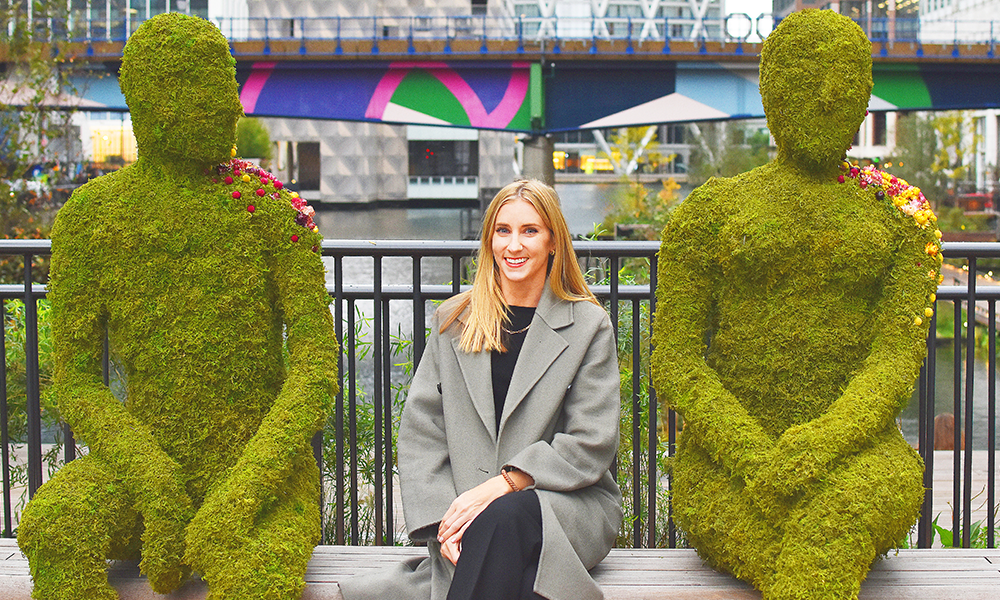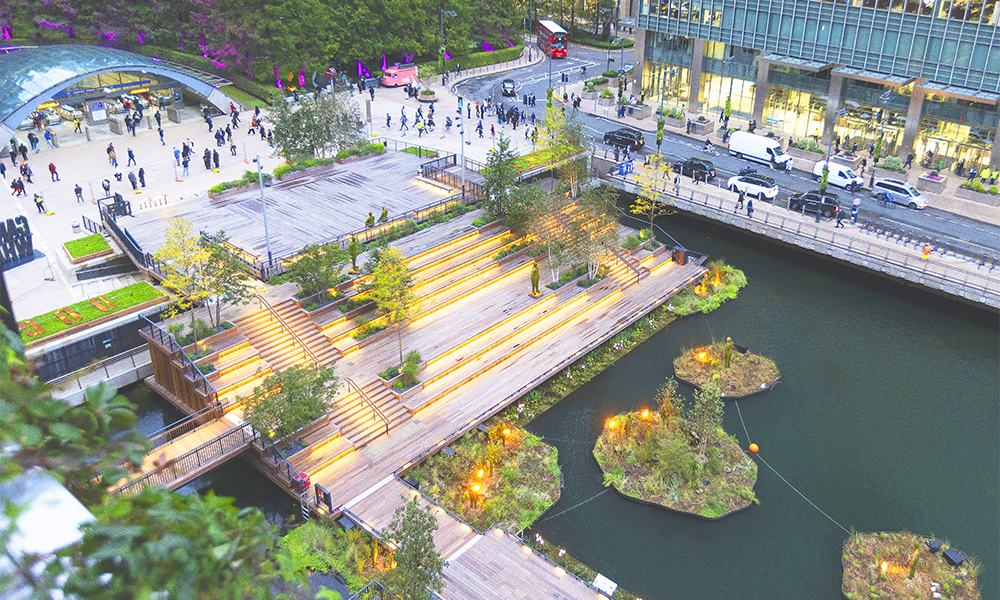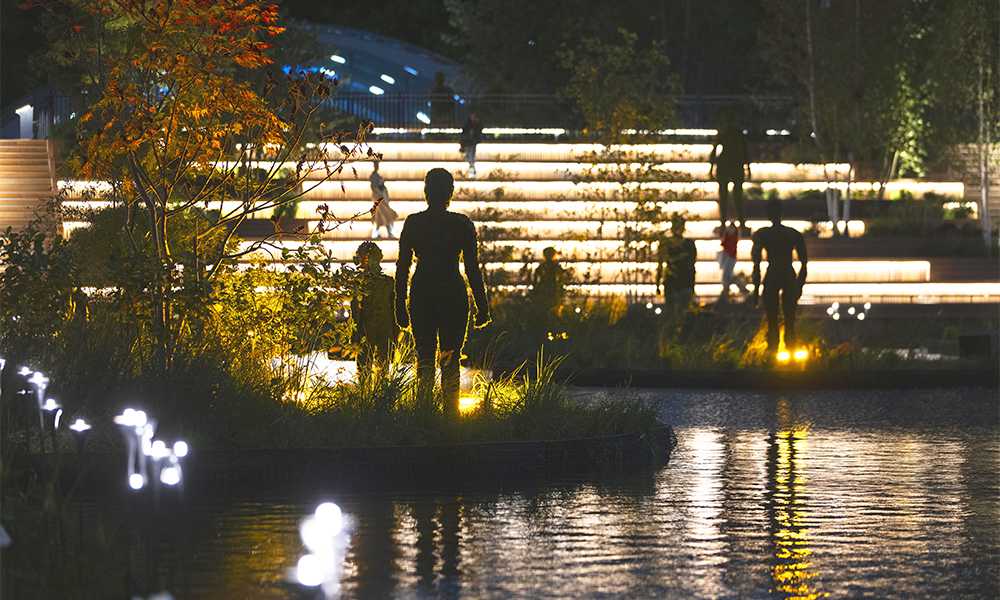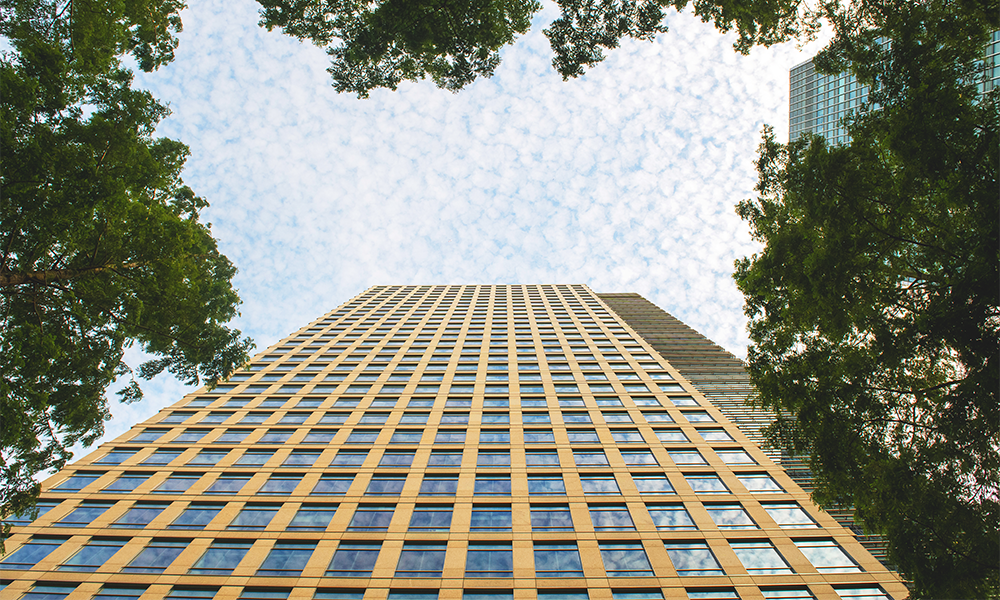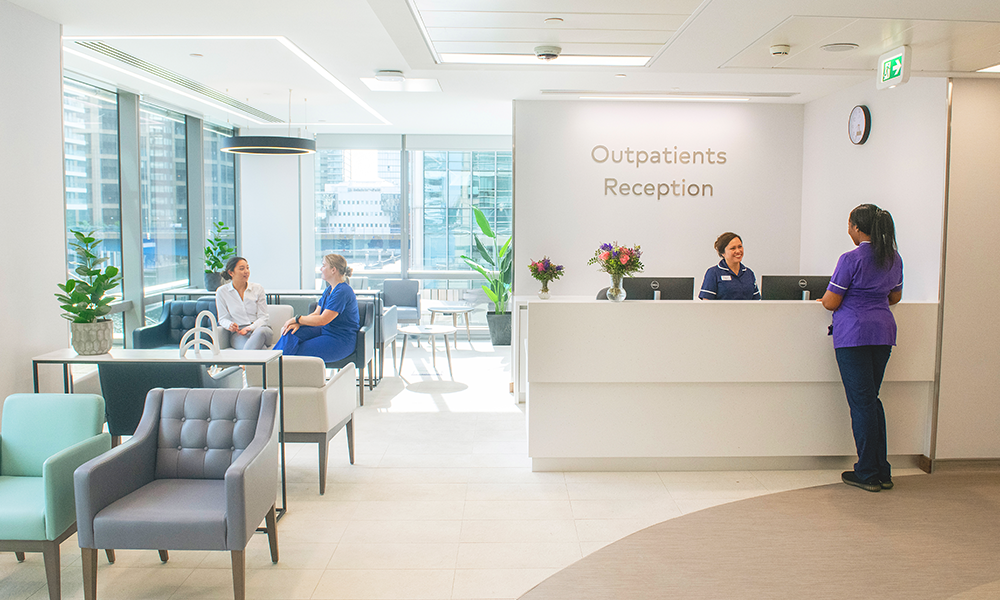Tickets are now on sale for the Christmas run of Bethany Sharp’s adaptation of JM Barrie’s play
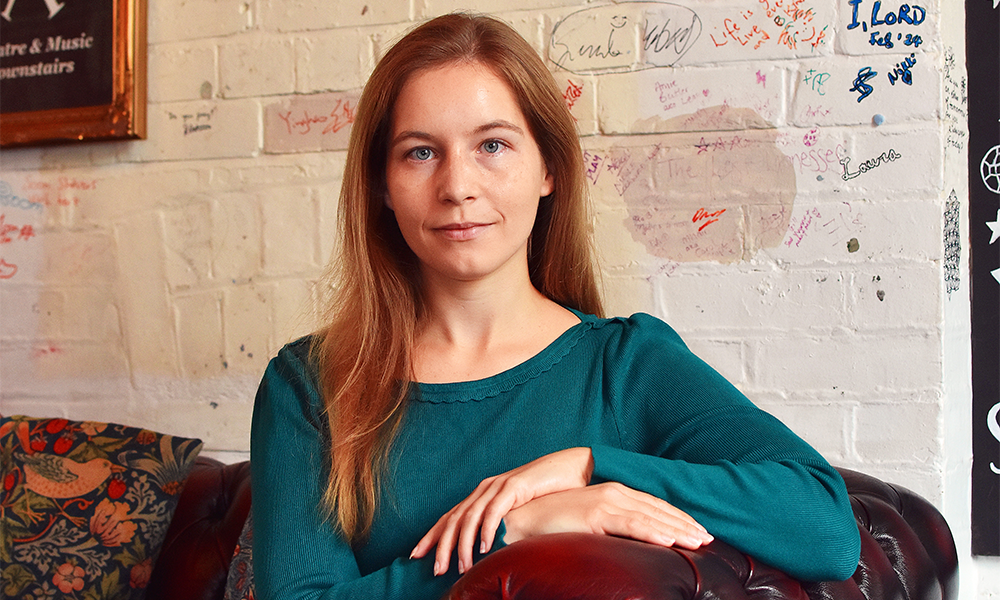
Subscribe to our free Wharf Whispers newsletter here
Perhaps, if a weighty tome hadn’t fallen off a shelf onto the head of Bethany Sharp’s mother in a bookshop in Frinton-On-Sea, her daughter would never have discovered A Kiss For Cinderella.
“When I was 12, I was into old, weird plays and I was given this very big book of JM Barrie’s plays, which I found fascinating,” said the interim deputy artistic director at The Space on the Isle Of Dogs.
“He wrote so many fantastic pieces, although you wouldn’t perform a lot of them today because they’re too strange.
“Very few of his works have survived with such fame as Peter Pan, but many were very popular.
“Quality Street, for example, gave its name to the chocolates, despite there being no chocolate in the play at all.
“It’s a romance and they borrowed the costuming and put it on the tin.
“But I thought A Kiss For Cinderella could actually work as a festive show at The Space.
“It’s kind of an anti-Peter Pan because there’s no magic in it – although we won’t be telling that explicitly to the children who come to see it.
“It’s not a pantomime, but it is very funny and very snowy.
“The play has the elements of something like It’s A Wonderful Life – being grateful for things in the best possible way.
“The festive season can be a time for gathering round and traditional storytelling.
“People often ask if we have shows for families and we do a lot of that kind of thing at the Crossrail Place Roof Garden in Canary Wharf.
“But I think there should be a festive play here at The Space. It’s a building where lots of people feel at home.”

family friendly: A Kiss For Cinderella
Suitable for ages eight and up, Bethany has adapted A Kiss For Cinderella for the 21st century and is directing the production.
“It was written in 1916 and is set in that year in a poorer part of London,” she said.
“We’ve put it in the East End and it’s about a girl who has been made to think she’s Cinderella by her employer, a posh, patronising sculptor.
“She takes this to extremes because she doesn’t have much hope in life and convinces herself that a fairy godmother will come, grant her a wish and that she’ll marry the Prince Of Wales.
“She’s slightly deluded, slightly unwell and indulging in a fantasy.
“The magic stuff does happen, but it’s all in her mind. Then it turns into her convalescing and discovering she’s not the real Cinderella.”
Set against a backdrop of the First World War – with Zeppelins bombing London from the skies – the fear of death from above proves a key plot point in the piece.
“Cinderella is actually harbouring illegal immigrants – she shouldn’t have a set of children she’s looking after in war time, but she’s desperate to help people,” said Bethany, whose love of the performing arts began with a trip to see a panto at the age of three.
“She’s very good-hearted, but she’s incredibly poor and can barely feed herself let alone the children she’s taken on.
“Then a policeman turns up to investigate the sculptor who has a light on in his apartment, fearing it might attract the bombing.
“He is very suspicious of Cinderella but eventually falls in love with her.
“Not all the best aspects of the police are in this person – he’s very gruff – so it’s also a transformative story for him as he changes a lot of his opinions along the way.”
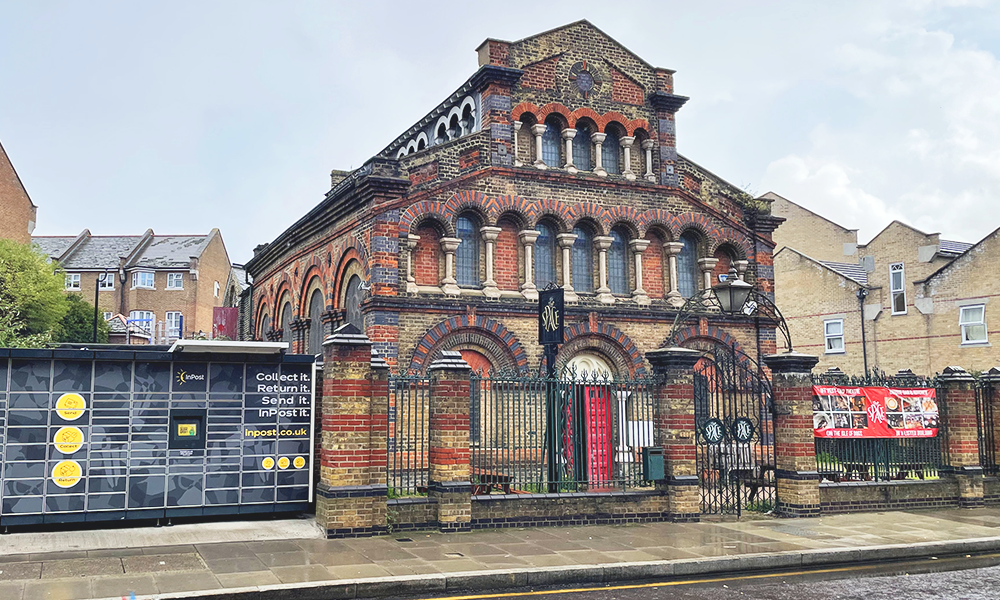
a darkness alongside the light
In similar fashion to The Snowman and A Christmas Carol the play contains darker elements, but nevertheless promises audiences much more than misery.
“The main thing to say about it, is that it’s very funny,” said Bethany.
“JM Barrie is very underrated as a comic playwright.
“The jokes in it are fantastic and we’re having a physical comedy director to bring out a lot of the more visual material out.
“There’s a ball scene, for example, which happens in Cinderella’s brain – it’s her idea of what such an occasion might be like.
“George V is handing out party bags with sandwiches in them and she’s been to see a horse show so she imagines the women are lined up to have their teeth examined.
“It’s all a bit confused because they are the best things she can imagine.
“There’s also a lot of class criticism.
“It’s clear that the posh sculptor has set up a lot of the problems, although he is redeemed by helping Cinderella out.
“It’s not an angry class comedy, though – it’s all very subtle.
“It is ridiculously layered and detailed – I’m hoping it will come together as a lovely Christmas entertainment.
“We’ll be performing it in the round and the atmosphere changes when that happens.
“There’s a scene where the policeman meets the children and they all sit down together – it’s really nice and I hope people will feel that.”
comfort and joy
Bethany, who is also a stand-up comedian, writer and actor, said she hoped the production would leave people with a sense of warmth.
“I would like people to feel very comforted, which is not often a very popular thing to say with theatre,” she said.
“I come from comedy and I think everyone should be happy by the end.
“Obviously, it’s great, if they’re crying and emotional, but I also want them to be comforted as well.
“I would like people to have laughed and appreciated the darker bits too.
“There is a strong message of love, comfort and hope, even if we know what the ending is going to be.”
A Kiss For Cinderella is a co-production between Bethany’s company On Point and Space Productions and is set to play for two weeks on various dates at the start of December.
Tickets have just gone on sale, with purchases contributing to the work of The Space, which supports and champions new writing in theatre.
key details: A Kiss For Cinderella
A Kiss For Cinderella is set to run at The Space on the Isle Of Dogs from December 3-15 with shows on various days at 7.30pm, 2.30pm and 4pm.
Audiences can pay either £10, £16 or £25 for tickets to support the production.
Find out more about the production here
Read more: Canary Wharf unveils Eden Dock at the heart of the estate
Read Wharf Life’s e-edition here
Subscribe to our free Wharf Whispers newsletter here
- Jon Massey is co-founder and editorial director of Wharf Life and writes about a wide range of subjects in Canary Wharf, Docklands and east London - contact via jon.massey@wharf-life.com
